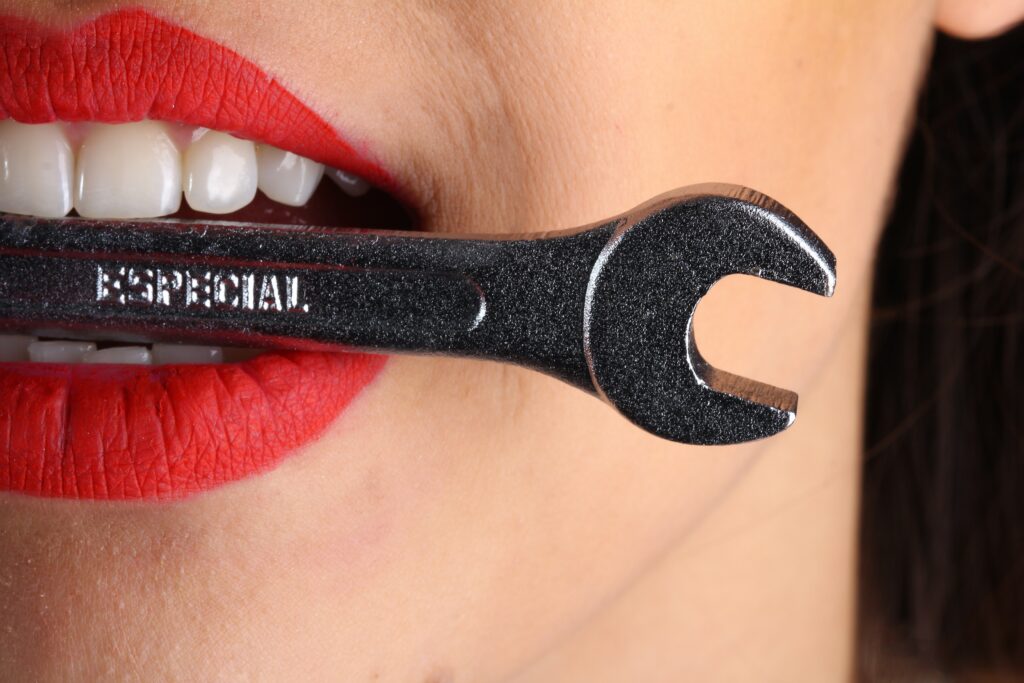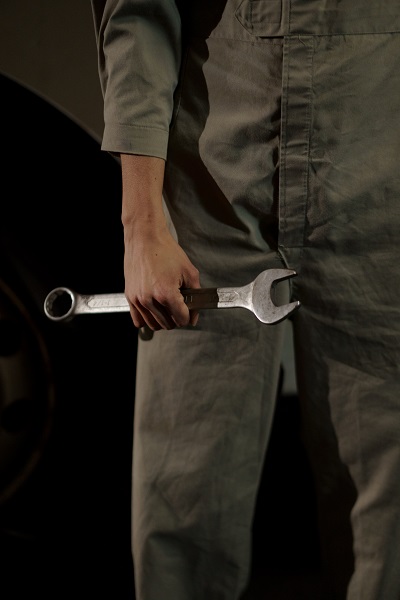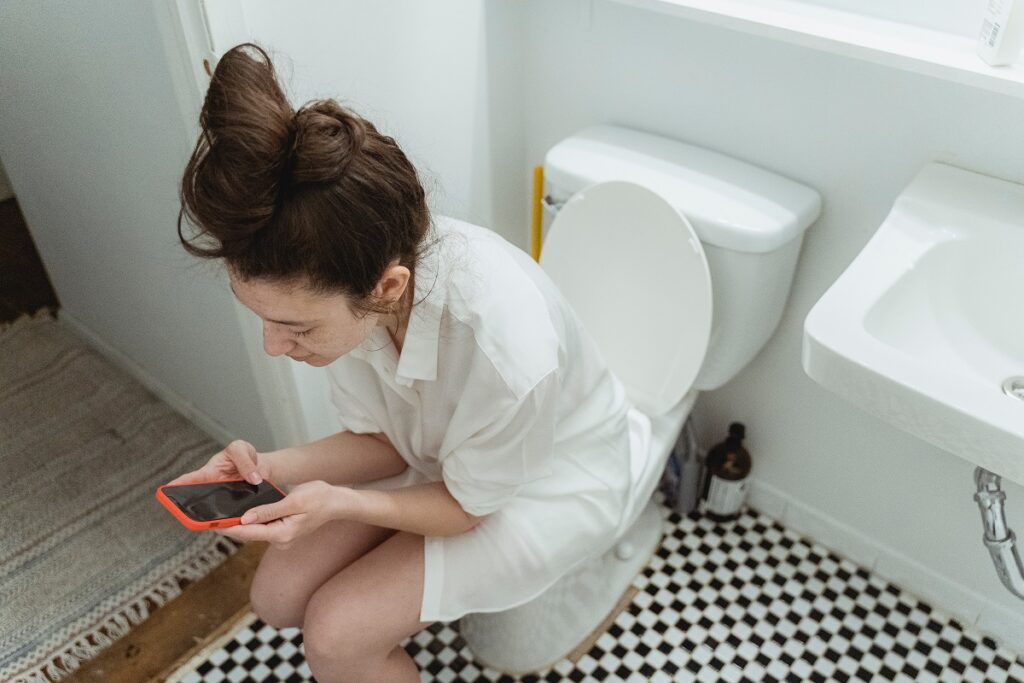Table of Contents
How does a bidet work?
A bidet sprayer for toilet is a bathroom fixture that is designed to wash the genital area and the anus after using the toilet. There are different types of bidet sprayers, but most work in a similar way.
Here’s how a typical bidet works:
- Adjust the water temperature and pressure: Most bidets have knobs or buttons that allow you to adjust the water temperature and pressure.
- Position yourself over the bidet: Sit on the bidet facing the controls with your feet on either side of the bowl.
- Use the controls to activate the water: Once you are positioned, use the controls to activate the water. The water will typically come out of a nozzle located in the center of the bowl.
- Wash the genital area or anus: Use your hand to guide the water where it’s needed. You can also use soap or other cleaning products if you wish.
- Dry yourself: Once you’re done washing, you can dry yourself with toilet paper, a towel, or a dedicated bidet’s
Some bidet handheld have additional features, such as air dryers or heated seats, but the basic process is the same.
Is using a bidet hygienic?

Yes, using a hand held sprayer bidet is generally considered to be hygienic. In fact, many people believe that bidets are more effective at cleaning the genital area and anus than using toilet paper alone.
Using a bidet hand sprayer can help to remove bacteria and other germs that can cause odor and irritation, which can be difficult to achieve with toilet paper alone. Additionally, using a toilet washer can be gentler on the skin than using harsh toilet paper, which can lead to skin irritation and other problems.
However, it’s important to note that bidets should not be shared with others, as this can increase the risk of spreading infections. Additionally, it’s a good idea to clean the bidet regularly to prevent the buildup of bacteria and other germs. Overall, using a bidet can be a hygienic and effective way to clean the genital area and anus after using the toilet.
How does a bidet compare to using toilet paper?

A bidet and toilet paper are two different methods of cleaning after using the bathroom. Here are some ways that they compare:
- Cleaning effectiveness: Bidets are generally considered to be more effective at cleaning the genital area and anus than toilet paper alone. Bidets use water to clean, which can be more thorough than using toilet paper.
- Environmental impact: Using a bidet can be more environmentally friendly than using toilet paper. Toilet paper production requires a significant amount of resources, such as water and energy, and it contributes to deforestation. In contrast, bidets use water, which is a renewable resource, and they do not contribute to deforestation.
- Comfort: Some people find bidets to be more comfortable than using toilet paper, particularly if they have sensitive skin or other issues that make wiping with toilet paper uncomfortable.
- Convenience: Bidets can be more convenient for some people because they eliminate the need to buy and store toilet paper. However, bidets require access to water and electricity, so they may not be available in all settings.
- Cost: Bidets can be more expensive than using toilet paper in the short term, particularly if you need to install a bidet in your bathroom. However, over the long term, bidets can be more cost-effective because they eliminate the need to buy toilet paper.
Overall, the choice between using a bidet and toilet paper is a personal one, and it may depend on factors such as personal preference, environmental concerns, and access to resources.
Do I need a separate bidet or can I install a bidet seat on my existing toilet?

You can install a bidet seat on your existing toilet, which is often a more convenient and cost-effective option than installing a separate bidet. Bidet seats are designed to replace your existing toilet seat, and they provide many of the same benefits as a separate bidet.
To install a bidet seat, you’ll typically need to:
- Turn off the water supply: Before you begin, you’ll need to turn off the water supply to your toilet.
- Remove the existing toilet seat: Use a screwdriver to remove the bolts that hold your existing toilet seat in place. Lift the seat off the toilet bowl and set it aside.
- Install the bidet seat: Follow the manufacturer’s instructions to install the bidet seat. This typically involves attaching the bidet seat to the toilet bowl using the same bolts that held the old seat in place.
- Connect the water supply: Once the bidet seat is in place, you’ll need to connect the water supply. This typically involves attaching a hose to the bidet seat and connecting it to the water supply valve.
- Test the bidet seat: Once the water supply is connected, turn it back on and test the bidet seat to make sure it’s working properly.
Installing a bidet seat on your existing toilet can be a relatively easy and affordable way to enjoy the benefits of a bidet without having to install a separate fixture. However, it’s important to make sure you choose a bidet seat that is compatible with your toilet and that meets your needs and preferences.
How do I install a bidet?
Installing a bidet typically involves the following steps:
- Choose a bidet: There are many different types of bidets available, including standalone bidets, bidet toilet seats, and handheld bidet sprayers. Choose the type of bidet that best meets your needs and preferences.
- Prepare your bathroom: Before you begin, make sure your bathroom is ready for installation. You may need to clear out some space, move furniture or fixtures, or make other preparations.
- Consider the location: When choosing a location for your bidet, make sure it’s in a convenient and accessible location. You’ll need to be able to reach the controls and adjust the water pressure and temperature as needed.
- Check your plumbing: Before you install a bidet, make sure your plumbing is in good condition and able to support a bidet. If your plumbing is old or outdated, you may need to upgrade it before installing a bidet.
- Consider the power source: Some bidets require a power source, particularly if they have features like a heated seat or air dryer. Make sure you have access to a power source or consider choosing a battery-operated or non-electric bidet.
- Read the instructions carefully: Before you begin installation, read the manufacturer’s instructions carefully. Make sure you understand the installation process and have all of the tools and materials you need before you start.
- Consider hiring a professional: If you’re not comfortable with plumbing or construction work, it may be best to hire a professional to install your bidet. A professional can ensure that the installation is done safely and correctly.
- Install the water supply: Bidets require a water supply, so you’ll need to connect the bidet to your plumbing. This may involve installing a T-valve or splitter in your existing water supply line, or installing a new water supply line altogether.
- Install the bidet: Follow the manufacturer’s instructions to install the bidet. This may involve bolting the bidet to the floor, connecting it to the water supply, and attaching any additional fixtures or features.
- Test the bidet: Once the bidet is installed, test it to make sure it’s working properly. Adjust the water pressure and temperature as needed, and make sure all of the features are working as expected.
It’s important to note that installing a bidet can be a complex and involved process, particularly if you are installing a standalone bidet or a bidet toilet. If you’re not comfortable with plumbing or construction work, it may be best to hire a professional to install your bidet. By following these tips and taking the time to carefully plan your installation, you can enjoy the benefits of a bidet in your home.
Is it difficult to use a bidet?

Using a bidet is generally not difficult, although it may take a little getting used to if you’ve never used one before. Here are the basic steps for using a bidet:
- After using the toilet, remain seated and move over to the bidet.
- Adjust the water temperature and pressure to your liking. Many bidets have controls that allow you to adjust these settings.
- Position yourself over the bidet. This can vary depending on the type of bidet you’re using, but generally you’ll want to straddle the bidet and face the controls.
- Use the water stream to clean yourself. Depending on the bidet, this may involve aiming the water stream at your genitals or using a nozzle to direct the water where it’s needed.
- Use a small amount of toilet paper or a towel to dry yourself. Some bidets have built-in dryers or air jets that can dry you off, but many people still prefer to use a little bit of toilet paper or a towel to pat themselves dry.
- Adjust your clothing and wash your hands.
Overall, using a bidet is a relatively straightforward process, and once you get used to it, it can be a quick and convenient way to clean yourself after using the toilet. If you’re unsure about how to use a bidet, check the manufacturer’s instructions or ask a professional for guidance.
